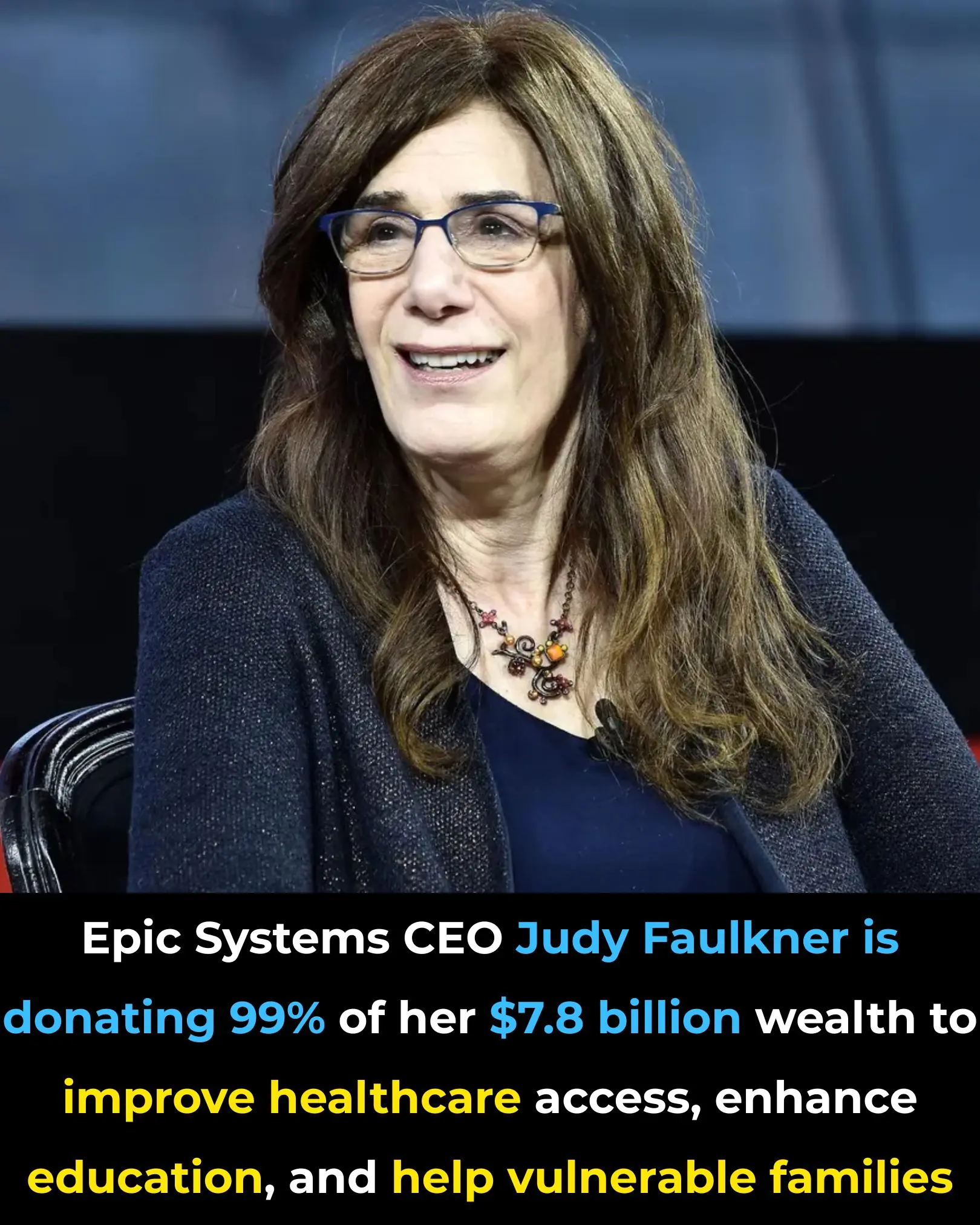
🔦 Stepping into the Upside Down: How Netflix is Revolutionizing Fan Engagement with Immersive Stranger Things Experiences in London
The era of passive entertainment consumption is rapidly giving way to interactive and immersive experiences, and no brand exemplifies this shift better than Netflix. Capitalizing on the global phenomenon of its flagship series, Stranger Things, the streaming giant has transcended the screen by transforming London into a thrilling, living-and-breathing rendition of Hawkins, Indiana. This ambitious project serves not only as a massive marketing campaign but as a new benchmark for fan engagement, allowing visitors to literally step into the eerie and nostalgic world of the 1980s hit show.
More Than a Museum: The Anatomy of Immersion
The London experience is far from a standard museum exhibit; it is a meticulously crafted immersive journey. Visitors are guided through a series of themed installations and interactive displays designed to blur the line between spectator and participant. Key elements of the show's narrative, aesthetic, and emotional tone are recreated with extraordinary attention to detail.
These installations often include spot-on recreations of iconic sets, such as the dusty, chaotic Byers living room—complete with the flashing Christmas lights used for communication with the Upside Down—and the neon-drenched atmosphere of the Palace Arcade. These detailed environments provide the perfect backdrop for fans to take photos and create their own memories within the fictional world.
However, the true innovation lies in the interactive elements. Visitors aren't just looking at props; they are solving puzzles, engaging with costumed actors playing residents of Hawkins, and undergoing a simulated "supernatural" journey. Using custom-developed technology, these experiences might involve triggering special effects, participating in an escape-room-style challenge to evade a Demogorgon, or even feeling the subtle tension of the underlying scientific experiments conducted at Hawkins National Laboratory. This level of interaction ensures that each fan's journey is unique and deeply personal.
Strategic Marketing and Cultural Impact
Netflix's decision to invest heavily in these large-scale, geographical experiences represents a sophisticated evolution of strategic marketing. By creating a physical presence for a digital product, the company generates significant buzz, earns extensive media coverage, and fosters deeper loyalty among its subscriber base.
Furthermore, the choice of London, a major global and cultural hub, maximizes the reach and impact of the promotion. These pop-up worlds tap into the growing demand for experiential commerce, where consumers prioritize memorable experiences over material goods. For Stranger Things, a series deeply rooted in nostalgia and strong character bonds, translating the emotional connection fans have with the show into a tangible, shared physical experience strengthens the brand's cultural footprint well beyond the release of new seasons. The immersive event effectively transforms the fan community into a temporary collective of "Hawkins Heroes," enhancing the series' mythology and guaranteeing its continued relevance.
The Future of Fandom
The Stranger Things experience in London signals a clear direction for the entertainment industry: the future of fandom is physical and participatory. As streaming services compete fiercely for attention, integrating digital content with high-quality, real-world experiences will become a crucial differentiator. This innovation provides a safer, easier option for thousands of kidney stone patients each year.
By allowing visitors to step directly into the eerie and thrilling atmosphere of the hit series like never before, Netflix is not just selling a show; they are selling a world. This model is likely to be replicated across other major franchises, proving that the most successful intellectual property can bridge the gap between fiction and reality, giving fans the ultimate level of engagement.
📚 References
-
Variety. (Frequently reports on major studio marketing campaigns, including immersive experiences and pop-ups by Netflix and Disney).
-
The Hollywood Reporter. (Covers industry trends in experiential entertainment and the business strategy behind transforming IPs into real-world attractions).
-
Statista / Deloitte Reports on Media & Entertainment. (Provides data and analysis on the shift from content consumption to experiential commerce and fandom monetization).
-
Forbes (Marketing/Strategy Sections). (Often analyzes how major brands like Netflix utilize immersive experiences to drive engagement and subscriber growth).
News in the same category


A Simple Superfood That Enhances Your Baby's Brain Development During Pregnancy

Nature’s Defense: How Guava May Support Liver Health and Fight Cancer Cells

The Powerful Role of Eggs in Supporting Early Memory and Learning in Babies

📱 The End of Wallet Clutter: Apple’s Digital ID Revolutionizes Identity Verification and Travel

Lighting the World Without Batteries: A Teen’s Breakthrough in Thermoelectric Innovation

Judy Faulkner: The Billionaire Tech Entrepreneur Pledging 99% of Her Fortune to Philanthropy

🤝 The Collaborative AI Future: OpenAI Launches WhatsApp-Like Group Chats in ChatGPT

Unlocking Nature’s Medicine: How Fermented Stevia Could Transform Future Cancer Treatment

True Devotion in Fatherhood: The Power of Showing Up, No Matter the Circumstances

🇯🇵 Innovation with Compassion: Japan's Heated Benches Offer a Practical Solution to Protect the Homeless

Historic Transcontinental Robotic Surgery: Doctor in Rome Performs Live Surgery on Patient in Beijing

🧠 The Nocturnal Rinsing Cycle: Deep Sleep, CSF Dynamics, and the Fight Against Alzheimer's

When Convenience Becomes a Crisis: The Global Impact of Ultra-Processed Foods

🌊 A Paradigm Shift in Urology: Non-Invasive Shock Wave Lithotripsy Revolutionizes Kidney Stone Treatment

Targeting a Hidden Brainstem Circuit: New Breakthrough Reverses Core Autism Symptoms in Lab Models

AI Models Ignoring Human Shutdown Commands: A Growing Concern for Safety and Control

Portuguese Mother Discovers Her Twin Boys Have Different Fathers in Rare Case of Heteropaternal Superfecundation

Revolutionary Magnetic Microrobots Could Transform Stroke Treatment with Targeted Therapy
News Post

Unlock Radiant Skin: The Ultimate Guide to Using Beetroot Gel for Glowing, Spotless Skin

Fenugreek Seeds for Hair Growth: The Power of Fenugreek Hair Rinse and Its Benefits for Hair

Japanese Milk Wax To Get Rid Of Unwanted Facial Hair

When Will I Outgrow My Acne? The Difference Between Adult and Teen Acne

5 Mascara Tips For Short Lashes

LEVEL UP YOUR LASH GAME: Top 5 Tips for Eyelash Extension Success!

Forehead Acne and What to Do About It

11 Common Eyebrow Mistakes Women Make in Their 60s (And How to Fix Them!)

How to Prevent and Treat Age Spots: Expert Tips for Radiant Skin

5 Ways Your Skin Changes as You Age and How to Keep It Vibrant

DIY Fenugreek Oil for Hair Growth – Get Thick Hair

Brow Boosting Serum: The Natural Way to Achieve Full, Thick Eyebrows

Why You Should Be Putting Salt in Your Toilet

Why Some Children Don’t Visit Their Parents Often

DIY Vaseline Cream: The 4-Ingredient Glow Hack That Makes Your Skin Baby-Soft Overnight

DIY Fenugreek Hair Masks for Hair Growth & Reducing Hair Fall

Will Americans Receive $2,000 Stimulus Checks? What You Need to Know

Revolutionary Miniature Implant Offers New Hope for Restoring Vision in Macular Degeneration Patients

A Simple Superfood That Enhances Your Baby's Brain Development During Pregnancy
